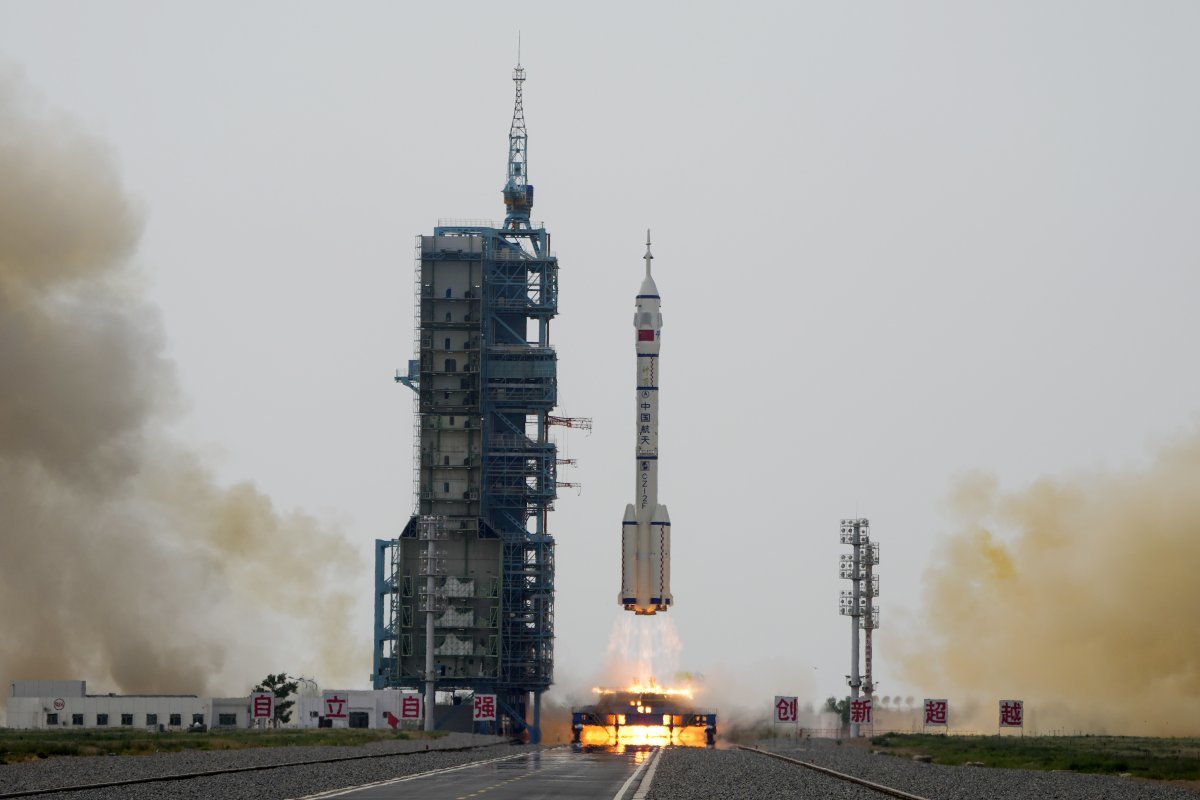China has officially announced plans to send astronauts to the moon by 2030. This is the first time that the timing of manned lunar exploration has been confirmed. In addition, China, which has been involved in space development led by the military, sent civilian scientists in their 30s to the space station for the first time. There is an evaluation that China has leaped to the next stage of ‘space rise’.
According to Xinhua News Agency on the 29th, the China Manned Space Administration (CMSA) held a press conference on the same day and announced that three astronauts would go to the independent space station ‘Tiangong’ on the 30th on the spacecraft ‘Shenzhou 16’. It is the first space exploration team sent after the completion of Tiangong at the end of last year. The three astronauts China sent to Tiangong in November last year were mainly in charge of finishing the Tiangong construction.
For the first time, a civilian university professor was included in the expedition team. China has sent astronauts from the People’s Liberation Army to Tiangong. Guihaichao (37), a professor at the Beijing University of Aeronautics and Astronautics, was selected in 2018 after applying for the Chinese government’s astronaut recruitment. He plans to conduct payload (launcher loading cargo) research in space.
 zoom inThree Chinese astronauts greet crowds ahead of boarding a spacecraft at the Jiuquan Satellite Launch Center in China’s Gansu province on the 30th. Zhuquan = AP Newsis
zoom inThree Chinese astronauts greet crowds ahead of boarding a spacecraft at the Jiuquan Satellite Launch Center in China’s Gansu province on the 30th. Zhuquan = AP NewsisProfessor Gu was educated in China without studying abroad. He was born in Baoshan, Yunnan Province, in southwestern China, and after graduating from high school, went to the Beijing University of Aeronautics and Astronautics and received a doctorate in 2014. He worked as a researcher in Canada and returned to Korea in 2017 as a professor at his alma mater.
The Shenzhou 16 was launched into space at 9:31 am on the 30th at the Jiuquan Satellite Launch Center in northwestern Gansu Province on a Long March 2F rocket. About 18 minutes later, at 49 a.m., the center announced that “the launch was successful.”
 zoom inAt 9:31 am on the 30th, Shenzhou 16 is launched into space on a Long March 2F rocket from the Jiuquan Satellite Launch Center in Gansu Province, China. Zhuquan = AP Newsis
zoom inAt 9:31 am on the 30th, Shenzhou 16 is launched into space on a Long March 2F rocket from the Jiuquan Satellite Launch Center in Gansu Province, China. Zhuquan = AP NewsisOn the 29th, China also announced plans for manned space exploration of the moon. “We have a goal of realizing the first Chinese landing on the moon by 2030,” said Lin Shichang, deputy director of the China Manned Space Administration Office, who attended the CMSA press conference. will,” he said.
China has consistently expressed its ambitions for lunar exploration. Last month, a senior official of the Chinese space program announced at a space conference held in China that “we will build a research base on the moon by 2030.” However, this is the first time that a high-ranking party official has made an official announcement.
 zoom inAstronauts stand behind a glass wall and answer questions from reporters at a press conference held at the Jiuquan Satellite Launch Center in China’s Gansu Province on the 29th, the day before the launch of Shenzhou 16. Zhuquan = AP Newsis
zoom inAstronauts stand behind a glass wall and answer questions from reporters at a press conference held at the Jiuquan Satellite Launch Center in China’s Gansu Province on the 29th, the day before the launch of Shenzhou 16. Zhuquan = AP NewsisForeign media paid attention to this plan as China’s ‘Space Declaration’. The Washington Post (WP) reported that “China clearly expressed its ambition to expand its presence in space with the announcement of Deputy Chief Lin.” The Associated Press said, “It is rare for China, which runs a military-led space program, to hold a press conference.”
The United States has set a target date for manned lunar exploration by 2025. In November 2021, NASA announced plans to send American astronauts to the moon in 2025.
Source: Donga
Mark Jones is a world traveler and journalist for News Rebeat. With a curious mind and a love of adventure, Mark brings a unique perspective to the latest global events and provides in-depth and thought-provoking coverage of the world at large.